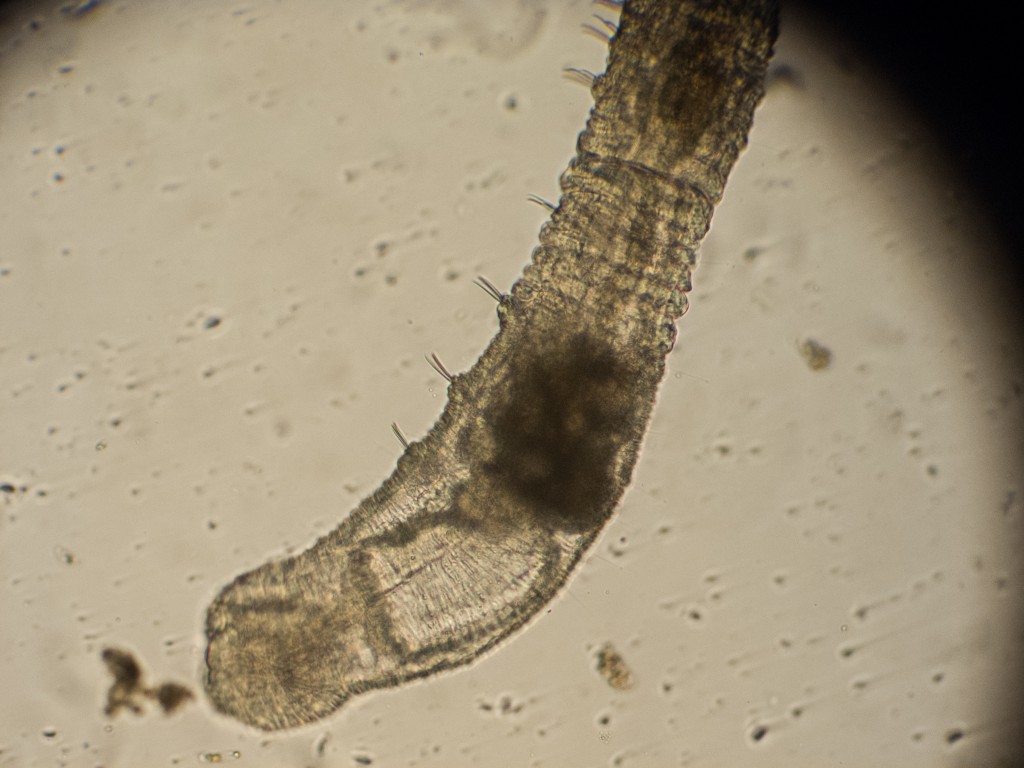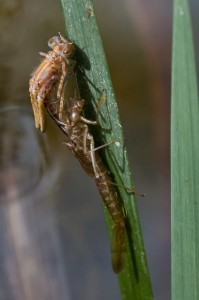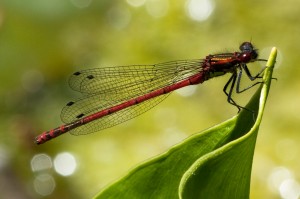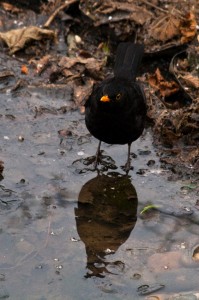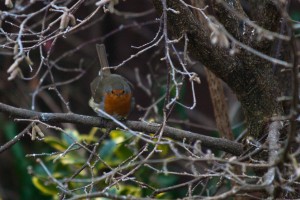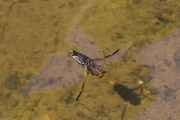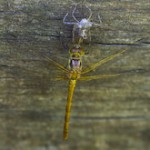Unfortunately my pond is in a north facing garden, so whilst everyone else is getting excited about frog spawn, I have to wait a few months until the fully grown frogs come to take advantage of my cool and shady pool. However, all is not lost because I have discovered that there are other things lurking beneath just waiting for me to find them.
I have recently acquired a microscope and am trying to find my way round it. Whilst other people could look at a slide and tell you all about the cell structure, or the type of creature that they have found I am currently satisfied to know the names of a few parts of a plant or to be able to focus the microscope without smashing the lens into the slide! In the near future I do hope to learn how to prepare sections of plant so I can prepare my own slides – but one step at a time.
After looking through some slides that I borrowed and, quite frankly, being not much wiser than I was I decided to grab some pond water and see if there was anything for me to find. I was quite excited to find some form of life wriggling around in the bit of water that I popped on the slide – although this was tempered by the fact that I worried I was slowly cooking the poor beastie. However, it fared better than the other little chap I found which I think I squished when the cover slip went on, although he did continue to twitch disconcertingly for quite a while.
Putting the guilt aside that I felt from this exercise I was pleased to get some OK photos out of the two little chaps, whatever they were.
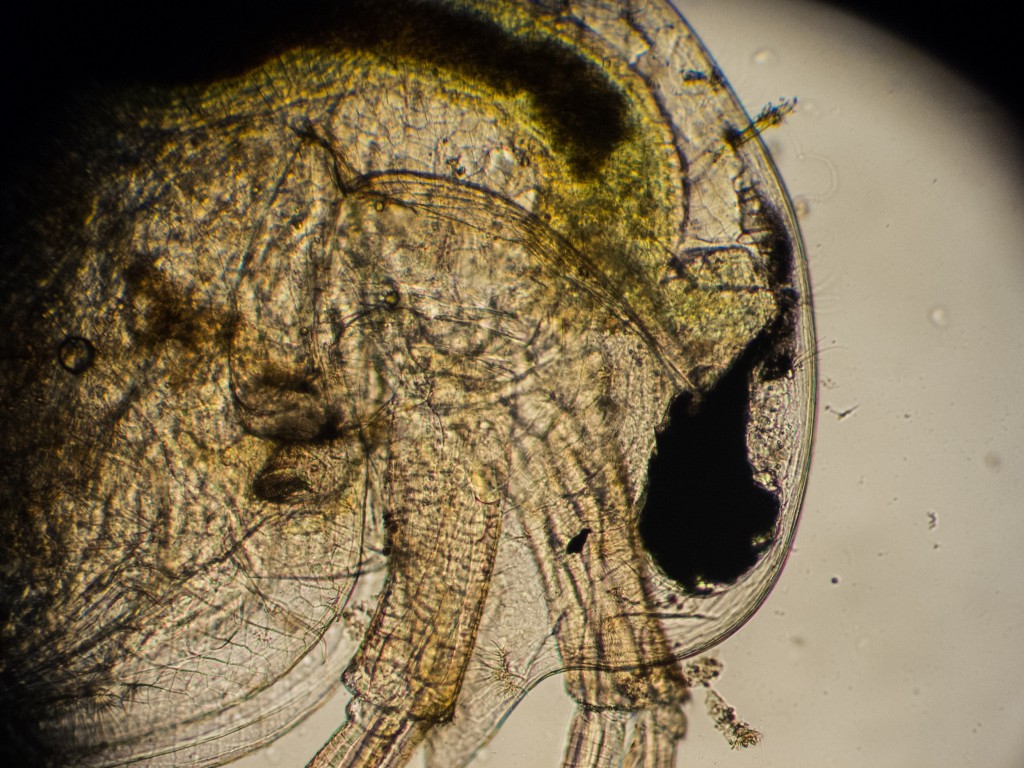 Quick update – the chap or chaps at the bottom is a daphnia – I found it in an old biology book that I have.
Quick update – the chap or chaps at the bottom is a daphnia – I found it in an old biology book that I have.
